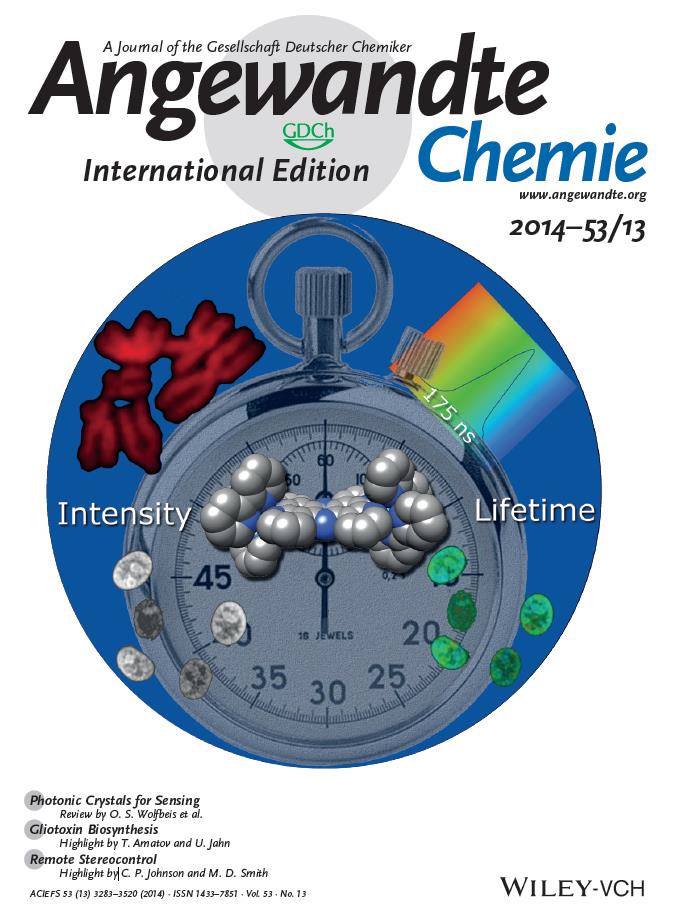
The principal advantages of metal complexes in bio-imaging are long emission lifetimes (>10-7 sec) and increased photostability. This combined with technological advances in optics and electronics has resulted in the emergence of microsecond time-resolved techniques, namely; Phosphorescence Lifetime Imaging Microscopy (PLIM) and Time-Resolved Emission Imaging Microscopy (TREM). The lifetimes are orders of magnitude greater than that of background “autofluorescence" in the cell and tissues and allow previously unattainable levels of sensitivity. Their suitability for imaging deep within tissue is under investigation.
Prof Stan Botchway (CLF contact)
Publication: Dinuclear ruthenium(II) complexes as two-photon, time-resolved emission microscopy probes for cellular DNA. Baggaley E, Gill MR, Green NH, Turton D, Sazanovich IV, Botchway SW, Smythe C, Haycock JW, Weinstein JA, Thomas JA. Angew Chem Int Ed Engl. 2014 Mar 24;53(13):3367-71. doi: 10.1002/anie.201309427.
